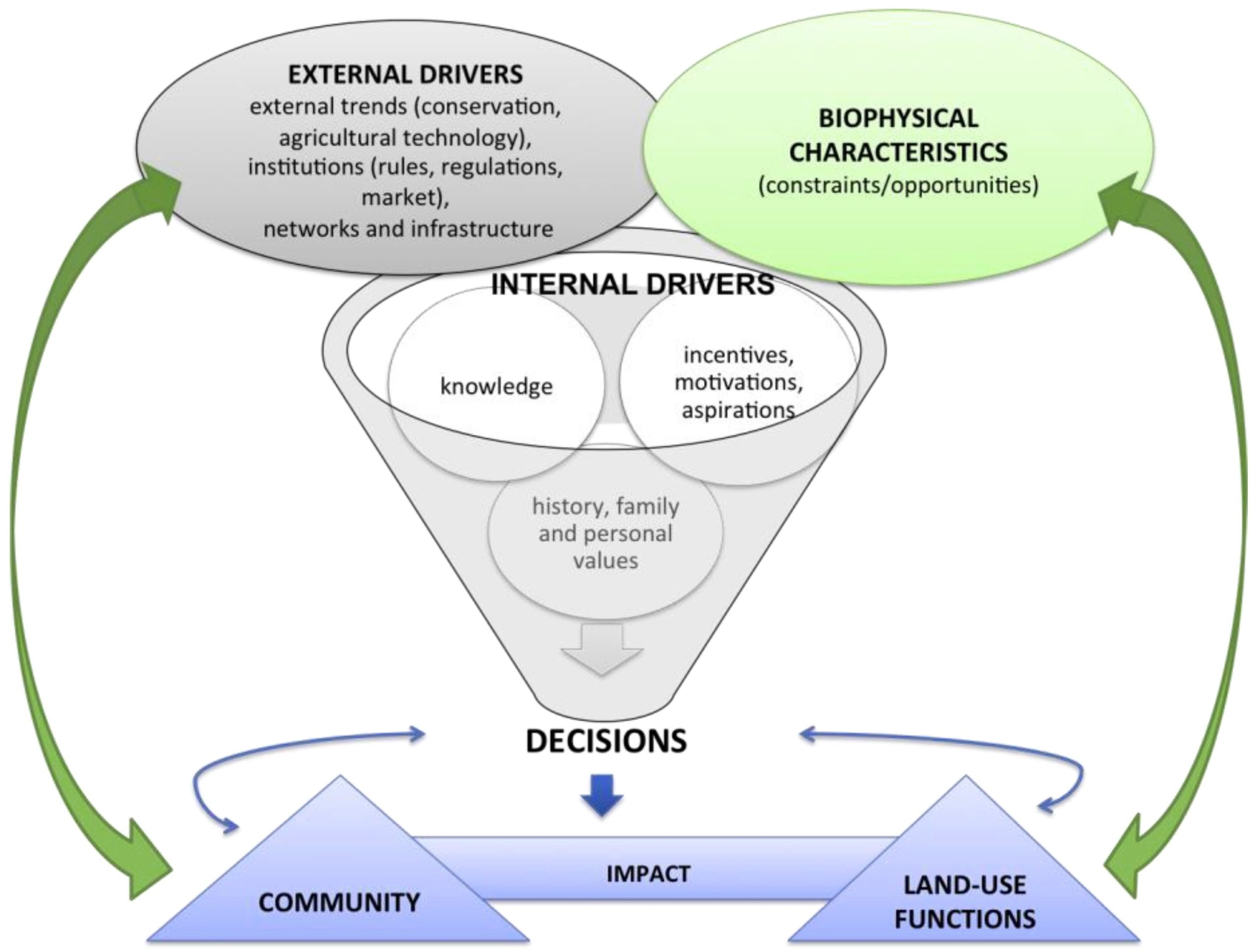
Framework Analysis is a qualitative research method that involves organizing and analyzing data using a predefined analytical framework . The analytical framework is a set of predetermined themes or categories that are derived from the research questions or objectives . The framework provides a structured approach to data analysis and can help to identify patterns, themes, and relationships in the data .
I could not find any information about “Framework Analysis 4” in my search results. However, I can provide you with a general guide on how to conduct Framework Analysis:
1. Define the research question: The first step in conducting framework analysis is to clearly define the research question or objective that you want to investigate.
2. Develop the analytical framework: Develop a coding framework or a set of predetermined themes or categories that are relevant to the research question. These themes or categories can be derived from existing literature or theories, or they can be developed based on the data collected.
3. Data collection: Collect the data using a suitable method such as interviews, focus groups, surveys or observation.
4. Familiarization: Transcribe and familiarize yourself with the data. Read through the data several times and take notes to identify any patterns, themes or issues that are emerging.
5. Coding: Code the data by identifying key themes or categories and assigning each piece of information to a specific theme or category.
6. Charting: Chart or summarize the data by creating tables or matrices that display the distribution and frequency of each theme or category across the data set.
7. Mapping and interpretation: Analyze the data by examining the relationship between different themes or categories, and by exploring the implications and meanings of the findings in relation to the research question.
8. Verification: Verify the accuracy and validity of the findings by checking them against the original data, comparing them with other sources of data, and seeking feedback from others.
9. Reporting: Report the findings by presenting them in a clear, concise, and organized manner. This involves summarizing the key themes, presenting supporting evidence, and providing interpretations and recommendations based on the findings.
